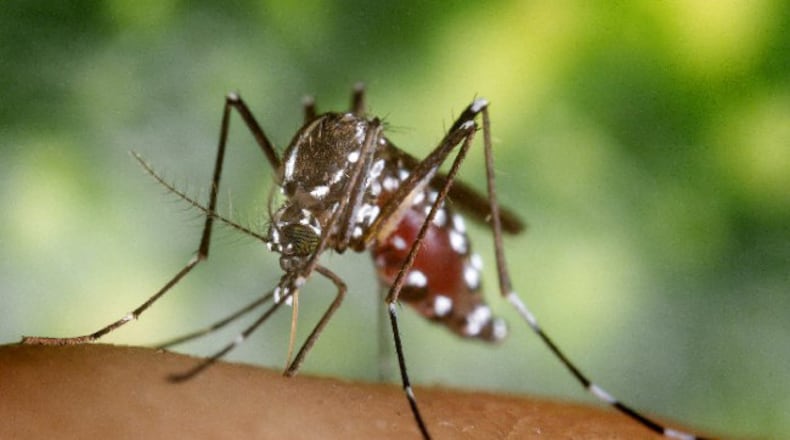The CCCHD traps and submits samples of mosquitoes to the Ohio Department of Health throughout the summer as part of their Vector-Borne Disease program. So far this year positive samples have also been found in the Park Layne area, South Charleston, west side of Springfield, Northridge and the Village of North Hampton.
Larry Shaffer, director of environmental health for the district, said once the district identifies a positive sample of West Nile Virus they alert surrounding residents as well as the general public in order to let “everybody know they should all take precautions.”
Precautions include applying mosquito repellent, wearing long sleeves and pants outside, staying indoors as much as possible and making sure screens and windows and doors are free of holes and rips. The district also encourages residents to treat or eliminate standing water on their property as it can turn into a breeding site.
As an additional precaution, the district will also spray the pesticide Duet when weather permits.
“What people have to know is when we’re spraying, that is the least effective activity to actually go out and do, Shaffer said. “When we go out and we do this we’re only killing the mosquitoes that are flying at the time when we do it. In reality, the best mosquito control is getting rid of stagnant water when mosquitos lay their eggs.”
West Nile is most commonly spread by infected mosquitoes and can lead to severe fever, encephalitis or meningitis, according to the CCCHD. The primary vector in Ohio is the northern house mosquito. Mosquitoes become infected when they feed on infected birds. Infected mosquitoes can then spread the virus to humans and other animals they bite.
Approximately 80% of people who are infected with West Nile Virus will not show any symptoms at all, according to the CCCHD. Those who do develop symptoms usually do so between three to 14 days after they are bitten by the infected mosquito.
Symptoms typically show up between three and 14 days after being bit by an infected mosquito. Symptoms can range from severe to mild and include; high fever, headache, neck stiffness, stupor, disorientation, coma and tremors.
There is no specific treatment for West Nile Virus infection and care is based on symptoms, according to the CCCHD. As a result of the positive samples, the CCCHD has sent an alert to the local medical community to facilitate a quicker human diagnosis of West Nile Virus.
About the Author

